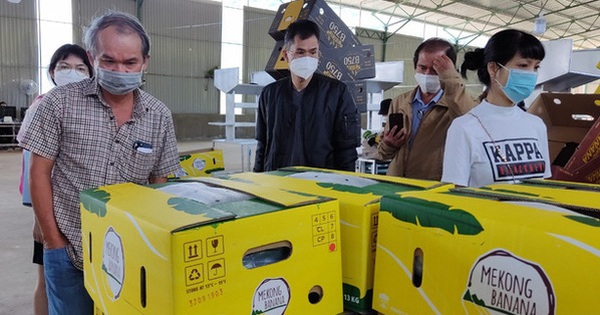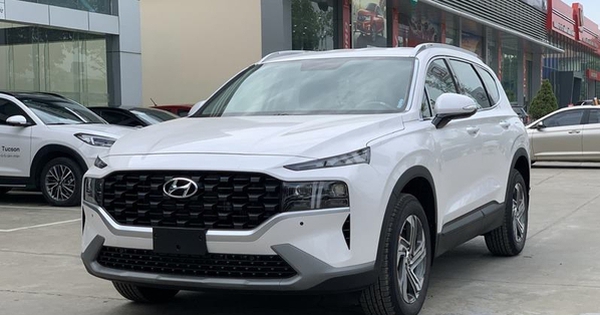What is Apple’s intention to diversify production outside of China?
The iPhone maker has told suppliers it wants to produce more in India and Southeast Asia, but the rollout isn’t easy.
Apple has shared the intention with some of its outsourcing manufacturers that it wants to promote production outside of China, because of the strict anti-Covid policy here and other reasons, according to the source. Wall Street Journal.
In particular, India and Vietnam – which are manufacturing locations that account for a small proportion of the company’s global output – are being looked at more closely as places that can increase supply chain shifts.
Those discussing with Apple about the production plan said that India is being considered next because it is considered the most similar country to China (large population and low cost). Assemblers including Foxconn and Wistron have set up factories in India to produce iPhones mainly for this market, where Apple’s sales are growing rapidly.
According to research firm Counterpoint, India produced 3.1% of the world’s iPhones last year, and this proportion is forecast to grow to 6% to 7% this year. China accounts for almost all the rest. In April, Apple started manufacturing iPhone 13 here.

A Wistron factory near Bengaluru, India. Photo: Reuters
One problem with India, analysts and suppliers say, is that Chinese assemblers have difficulty expanding in this market because of the cold relationship between India and China. Therefore, they also consider Vietnam and other Southeast Asian countries.
Vietnam borders China and is already a smartphone production hub for Samsung. Luxshare Precision Industry also manufactures AirPods here.
In an exchange with investors, Luxshare leaders said that some customers were worried about power supply and limitations because of the pandemic in China. Luxshare did not name the customer, but said it received a request to look outside of China when it set up mass production for a new product, called NPI. During this phase, contractors transfer product designs and prototypes to a detailed production plan.
Apple has told its manufacturing partners that it wants to do more NPI outside of China. If that happens, non-Chinese locations will be more likely to develop into large-scale manufacturing hubs, rather than simply copying plans already developed in China.
Such moves would require significant investment by suppliers, analysts and suppliers say. This makes them uneasy at a time when the global economic outlook is bleak due to high commodity prices, the war in Ukraine and stock market volatility.
However, according to analysts, currently more than 90% of Apple products such as iPhones, iPads and MacBook laptops are made in China. Experts say that too much dependence on this country is a potential risk in the context of the US-China trade conflicts.
Any move by Apple – the largest US company by market capitalization – to ramp up manufacturing operations outside of China could influence the thinking of other Western companies. Such consideration has increased when Beijing does not criticize the Ukraine crisis and the anti-epidemic blockade in some cities.
An Apple spokesperson declined to comment. When asked about Apple’s supply chain in April, CEO Tim Cook said its supply chain is global and products are made everywhere. “We continue to look at optimization,” he said.

An Apple store closed in Shanghai on May 19. Photo: Reuters
Apple had sought to diversify away from China before Covid-19 spread globally in early 2020, but plans were affected by the pandemic. Now the company has begun lobbying its own outsourcing firms to find ways to build new production capacity outside of China.
Blockades in Shanghai and other cities have caused supply chain bottlenecks for many Western companies. Apple warned in April that the outbreak could hit sales by as much as $8 billion in the second quarter.
China’s travel restrictions have meant it has been difficult for Apple to send executives and engineers to the country over the past two years, making it difficult to monitor production sites…
Ming-chi Kuo, Supply Chain Analyst at TF International Securities, said many Western companies face similar problems but Apple is better positioned to negotiate. “Only a company like Apple can drive supply chain change,” he said.
However, industry insiders say there are many reasons why Apple has long viewed China as a manufacturing hub, including a well-trained workforce, low costs compared to the US and a network of suppliers. Extensive components are unlikely to be established overnight elsewhere.
With the exception of India, the qualified workforce in China exceeds the entire population of many alternative countries in Asia. Local governments in China have worked closely with Apple to make sure assemblers have enough land, labor, and components.
Chinese Premier Li Keqiang said on Thursday (May 19) that Beijing wants the country to become a hotspot for foreign investment and will work closely with them to ensure predictable policies. Okay.
Another advantage is that Apple can sell many phones and computers that are manufactured on site. The country typically accounts for about a fifth of the airline’s global sales. “With its domestic market size and good manufacturing ecosystem, China will be in the lead and handle more value-added work for companies like Apple,” a related executive to Apple’s supply chain said.
Session An (according to WSJ)
at Blogtuan.info – Source: vnexpress.net – Read the original article here



